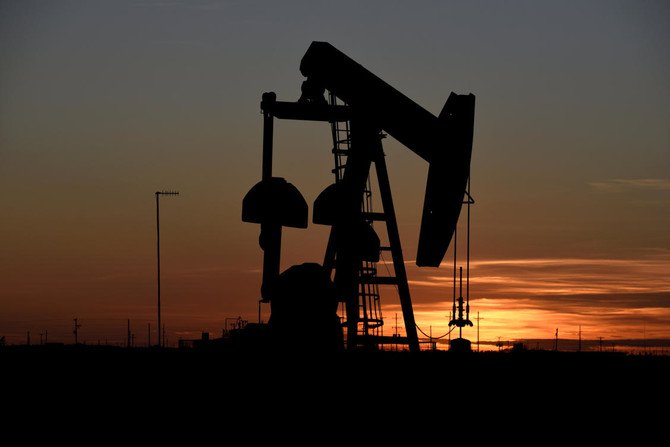
S&P expects stable growth in Saudi Arabia
The Saudi economy is expected to grow at an average of more than 2 percent between 2019 to 2021 according to the S&P ratings agency.
Affirming the country’s long and short term sovereign ratings, it said that higher than expected revenues generated by the stronger oil price have been met with higher spending but that the government would take steps to consolidate public finances over the next two years.
“We continue to anticipate that public investment will increase under a four-year stimulus plan whose goal is to stabilize private sector demand, even as the government moves on other fiscal consolidation measures such as energy tariff hikes,” the agency said in a statement.
S&P also said that it expected an increase in net general government debt of about 2 percent of GDP between 2018 to 2021, down from 3 percent in its previous review.
The rebounding oil price has helped to improve the budgetary positions of regional oil exporters such as Saudi Arabia, the UAE and Oman.
However it has set alarm bells ringing in some energy importing countries with pressure mounting on OPEC to pump more oil to keep a lid on energy inflation.
In a wide ranging interview with Bloomberg this week, Saudi Crown Prince Mohammed bin Salman that the oil price was determined by market forces.
“We never in the history of Saudi Arabia decided that this is the right or wrong oil price,” he said.
“The oil price depends on trade — consumer and supplier — and they decide the oil price based on trade and supply and demand. What we are committed in Saudi Arabia is to make sure there is no shortage of supply. So we work with our allies in OPEC and also non-OPEC countries to be sure that we have a sustainable supply of oil and there is no shortage and that there is good demand, that it will not create problems for the consumers and their plans and development.”
He also clarified that Saudi Arabia had spare capacity of 1.3 million barrels without the need for further investment.



























